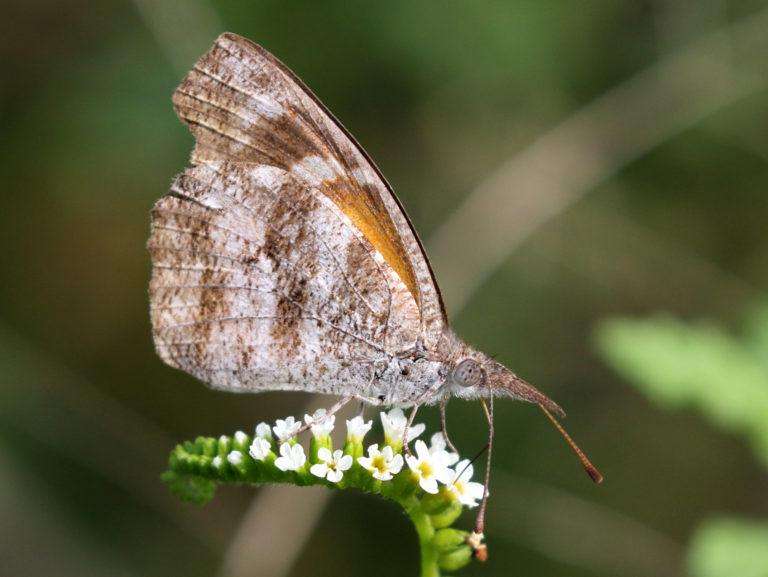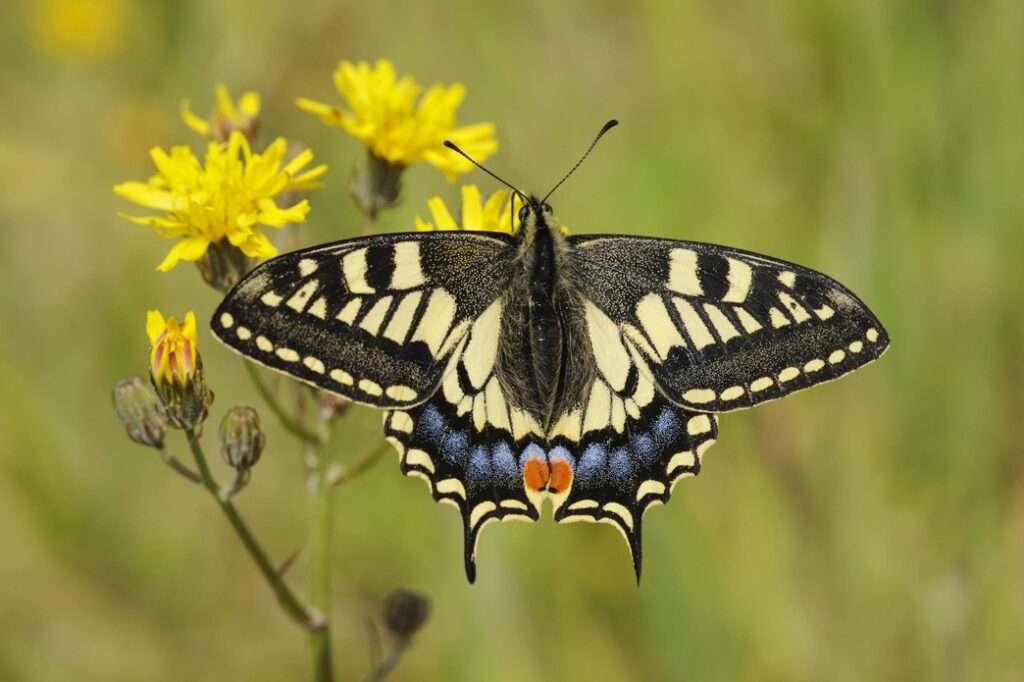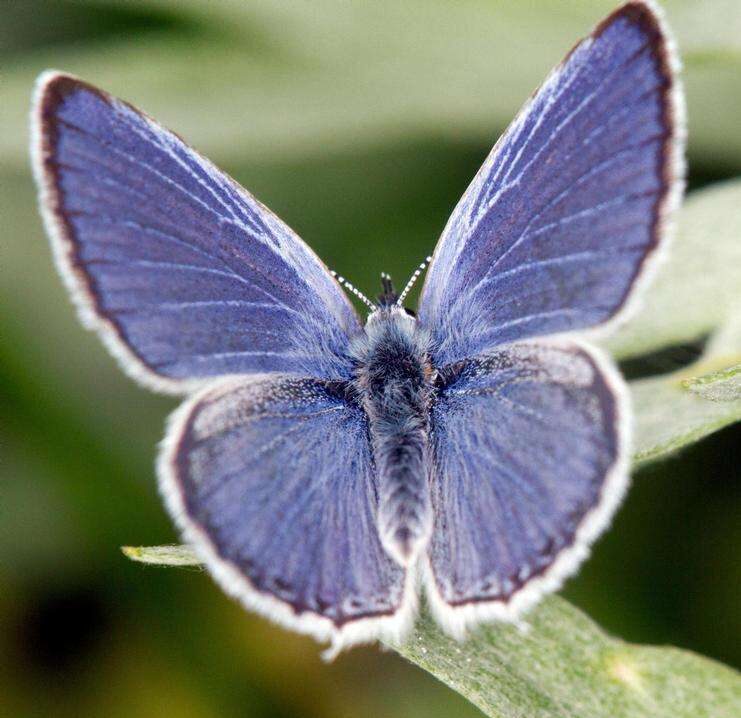
The common snout butterfly (Libytheana carinenta), often known as the American snout butterfly, belongs to the Nymphalidae subfamily Libytheinae of brush-footed butterflies.
Amazing Facts
- The American snout hides from predators by using camouflage.
- Due to their enormously lengthened labial palps, American snouts give the appearance of having long “noses.”
Appearance
The long, protruding mouth parts on snout butterflies, known as labial palpi, work in tandem with the antennae to resemble the petiole (stem) of a dead leaf. Snouts frequently take use of this excellent camouflage by hanging upside down beneath a twig, effectively blending into the background. Black-brown wings are decorated with white and orange patterns. The forewings are characterized by their unique falcate (squared-off, hook-like) tip.
The caterpillars have a small head, enlarged first and second abdominal segments, and a tapered, rounded last abdominal segment, giving them the appearance of being humpbacked. They feature two black tubercles on the top of their thorax and are dark green with yellow stripes around the top and sides of their bodies.

Diet
The common hackberry tree (Celtis occidentalis) provides them with food. They occasionally drink nectar from flowers, and they voraciously puddle to find salts and minerals.
Habitat
In every county of our state, snouts are anticipated. Around their host plant, hackberry trees, snouts can frequently be observed flying. Both North and South America include this species.
Table





